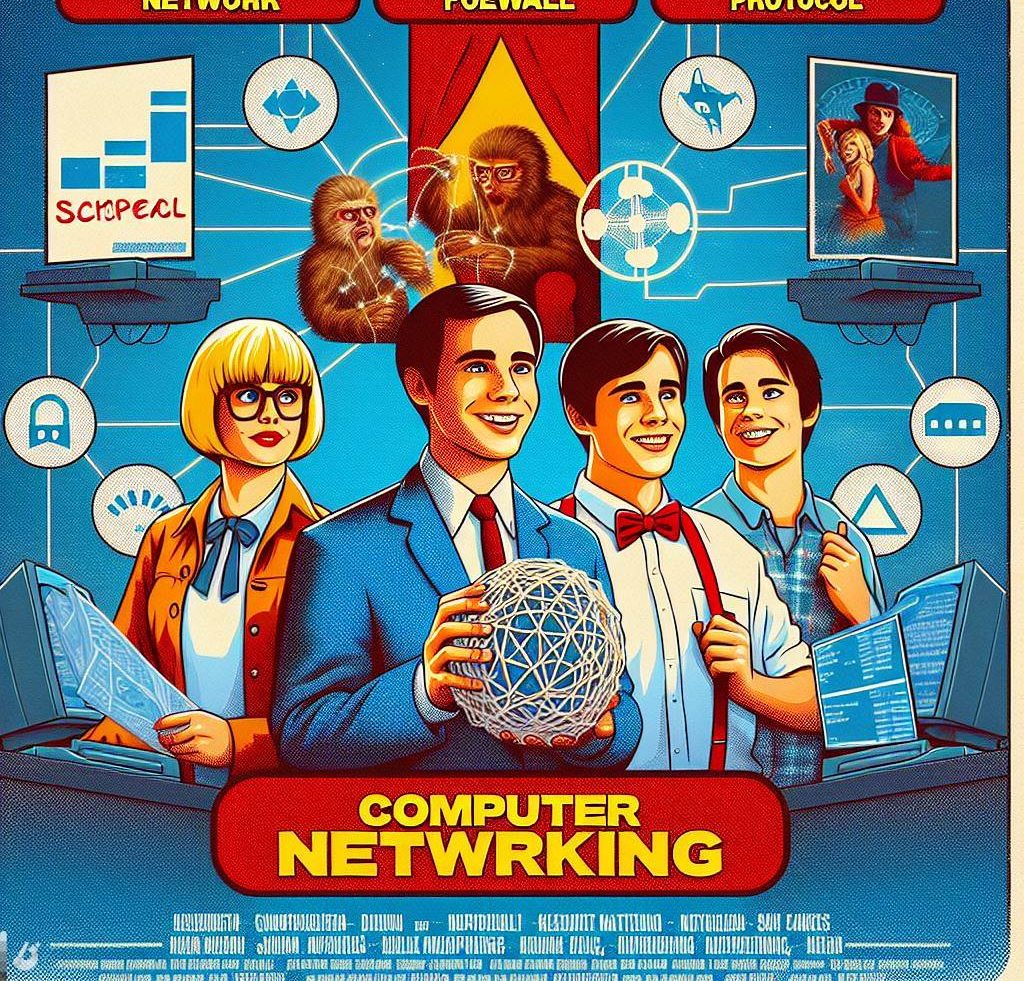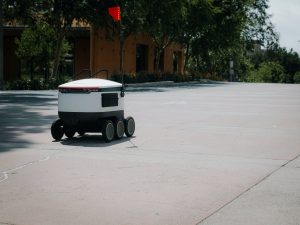Welcome, tech enthusiasts, to the electrifying realm of computer networking! If you’ve ever wondered how your favorite cat memes travel from one corner of the internet to another, you’re about to dive into the magical world that makes it all happen.
Imagine your computer as a social butterfly eager to mingle with others. But here’s the catch—it’s shy and can’t leave its comfy desk! So, how does it make friends and share gossip (data) with other devices? That’s where networking swoops in.
At its core, networking is like a bustling neighborhood where devices chat, exchange information, and throw virtual parties. Let’s unravel this cyber-neighborhood, shall we?

1. The Language of Computers: Ever seen a tower of Babel? Computers speak their own language too—bits and bytes! They communicate using binary code, a language made of ones and zeros. But that’s way too cryptic for humans, so we use something friendlier—protocols!
2. Meet the MVP: Routers: Think of routers as traffic cops directing data packets (tiny chunks of information) around the internet highways. They’re the superheroes ensuring your LOLcats reach your screen in record time.
3. The Cool Kids: Switches: Switches are like the connectors at a gigantic house party—linking devices together within a local network. They make sure everyone hears the latest gossip (data) without interrupting each other.
4. Say Hello to Wi-Fi: Ah, the magic of wireless networking! Wi-Fi is like a wizard casting spells to let your devices connect without pesky cables. Just remember, walls and distance sometimes dampen its powers.
5. Firewalls – The Cyber Guards: In this wild digital world, there are good and not-so-good data packets. Firewalls are the guardians, keeping the malicious ones out while letting the friendly ones through.
6. Network Address Translation (NAT): NAT is like your computer’s personal secretary, managing incoming and outgoing data requests. It juggles multiple devices using a single public IP address, just like a multitasking maestro.
7. The Internet: Ever wondered how the internet connects the world? It’s a colossal web of networks—like a giant spider weaving strands of connections across the globe. Each network is a node in this intricate web, allowing data to zoom from one corner to another.
8. Cloud Computing – The Celestial Playground: Cloud computing is where your data floats around in the digital heavens. It’s like having an ethereal storage unit accessible from anywhere, anytime!
Explaining How Computer Networks Function:

Ever wondered about the inner workings of a computer network? Let’s unravel this digital marvel.
Understanding the Mechanics:
A computer network operates like a bustling community where devices communicate and share information. Picture it as a complex web of interconnected devices—computers, servers, routers, and more—linked together to facilitate data exchange.
The Process in Action:
When you send a message, stream a video, or browse the web, data travels in tiny packets across this network. These packets contain the information you’re sharing—whether it’s a text document, a cute pet video, or a social media update.
The Key Players:
- Routers: These are like traffic controllers, directing the data packets along the most efficient paths through the network.
- Switches: They act as connectors, ensuring data gets from one device to another within a local network without congestion.
- Protocols: Think of these as the language computers use to communicate. Protocols help devices understand and interpret the data they receive.
The Journey of Data:
When you click ‘send,’ your device breaks down the information into packets. These packets then hop from device to device, guided by routers and switches, until they reach their destination. It’s like passing a message in a game of telephone, but at lightning speed and with incredible accuracy.
Wireless Magic:
Wi-Fi adds an extra layer of magic, enabling devices to connect without physical cables. This wireless technology uses radio waves to send and receive data—a bit like invisible strings connecting your gadgets.
Security Measures:
To keep things safe, firewalls act as digital guards, filtering out potentially harmful data packets and allowing only the harmless ones to pass through.
Global Connection:

The internet itself is a network of networks—a vast interconnected system enabling communication across the world. Your local network connects to other networks, forming this intricate web that allows data to travel globally.
Basic Terminologies of Computer Networks:
- Network: Think of a network as a bustling community of devices (computers, servers, printers, etc.) interconnected to communicate and share data.
- Nodes: These are the devices part of a network, such as computers, routers, switches, printers, or any gadget that links up to share information.
- Topology: Picture the arrangement of nodes in a network—how they’re physically and logically connected. There are various topologies like bus, star, ring, mesh, and tree.
- Service Provider Networks: These networks offer leased network capacity and functionality, including wireless communications and data carriers.
- IP Address: Every device on a network has its own unique numerical identifier, an IP address, allowing devices to find and communicate with each other.
- DNS: Ever typed a website’s name and ended up on a page? DNS works magic, translating human-readable domain names (like www.google.com) into IP addresses computers can understand.
- Firewall: Think of a firewall as a network bouncer, monitoring and controlling incoming and outgoing traffic to keep the network safe from unauthorized access and security threats.
Types of Enterprise Computer Networks:
- LAN (Local Area Network): These networks cover small areas like offices or homes, linking computers and devices within a building or campus.
- WAN (Wide Area Network): WANs stretch across vast distances—a city, country, or even globally—connecting LANs and enabling long-distance communication.
- Cloud Networks: Imagine WANs hosted in the sky! Cloud networks, hosted on public or private cloud services, provide virtual routers, firewalls, and other functionalities based on demand.
Conclusion

This is just the beginning of our journey. The world of technology is always changing and exciting things are coming. Whether you’re learning more about networking or exploring new digital areas, we at Nice Future Inc. are here to help.
Our goal? To create a better future through learning and advanced technology. As technology changes and new ideas grow, you can rely on us for expert guidance and solutions that fit your tech needs.
So, get ready! Together, we’re moving towards a future full of innovation. Keep watching for our new posts as we explore a time filled with amazing accomplishments.
Stay connected—Nice Future Inc. will return soon!
Subscribe to our newsletter!




